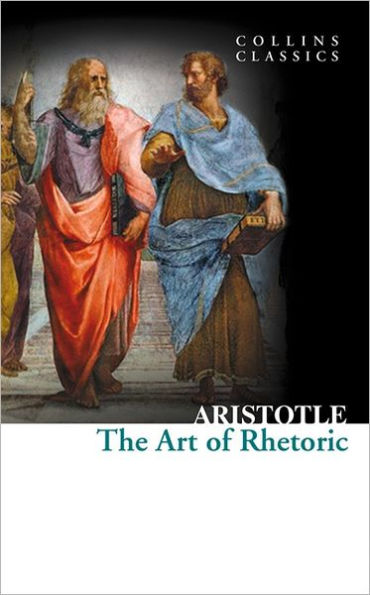'If there are two definitive features of ancient Greek civilization,' writes Hugh Lawson-Tancred in his wide-ranging Introduction, 'they are articulacy and competition.' In the city-states oratorical competence was an essential asset for politicians in the Assemblies and Councils and even for ordinary citizens in the courts of law. In response, the technique of rhetoric rapidly developed, bringing virtuoso performances and a host of practical manuals for the layman. Yet if many of these were little more than collections of debaters' tricks, the hugely influential Art of Rhetoric has a far deeper purpose. It is here that Aristotle (384-322 B.C.) establishes the methods of informal reasoning, provides the first aesthetic evaluation of prose style and offers detailed observations on character and the emotions. 'Persuasiveness,' suggests Lawson-Tancred, 'becomes for the first time a systematic and even scientific exercise; it can indeed be taught, but only by a deep grasp of some of the most central features of human nature.' His fine translation makes freshly available an epoch-making work of literary criticism.
'If there are two definitive features of ancient Greek civilization,' writes Hugh Lawson-Tancred in his wide-ranging Introduction, 'they are articulacy and competition.' In the city-states oratorical competence was an essential asset for politicians in the Assemblies and Councils and even for ordinary citizens in the courts of law. In response, the technique of rhetoric rapidly developed, bringing virtuoso performances and a host of practical manuals for the layman. Yet if many of these were little more than collections of debaters' tricks, the hugely influential Art of Rhetoric has a far deeper purpose. It is here that Aristotle (384-322 B.C.) establishes the methods of informal reasoning, provides the first aesthetic evaluation of prose style and offers detailed observations on character and the emotions. 'Persuasiveness,' suggests Lawson-Tancred, 'becomes for the first time a systematic and even scientific exercise; it can indeed be taught, but only by a deep grasp of some of the most central features of human nature.' His fine translation makes freshly available an epoch-making work of literary criticism.

The Art of Rhetoric
256
The Art of Rhetoric
256
Product Details
| ISBN-13: | 9780007920693 |
|---|---|
| Publisher: | HarperCollins Publishers |
| Publication date: | 04/15/2025 |
| Series: | Collins Classics |
| Edition description: | UK ed. |
| Pages: | 256 |
| Product dimensions: | 4.38(w) x 7.00(h) x 0.62(d) |
